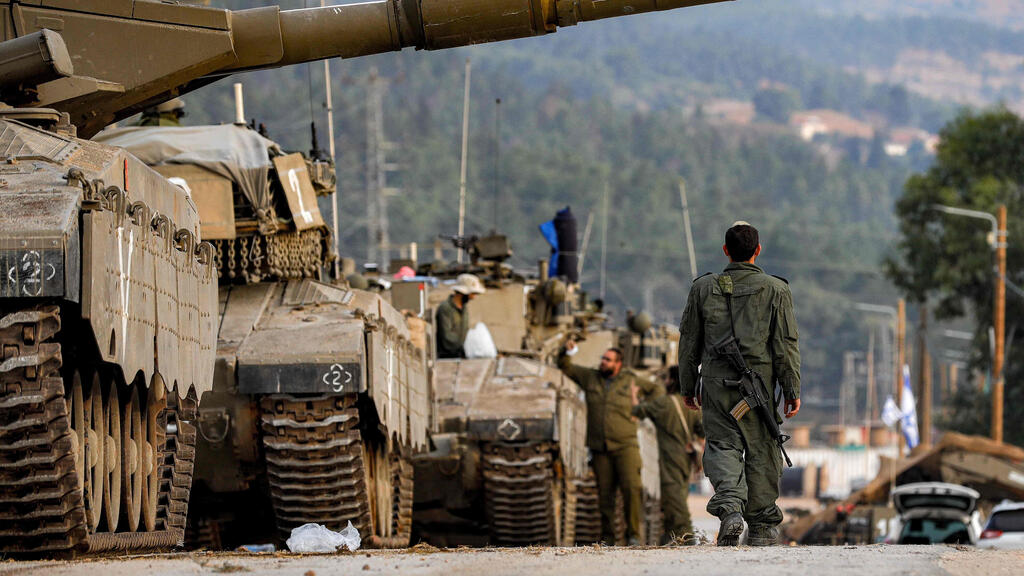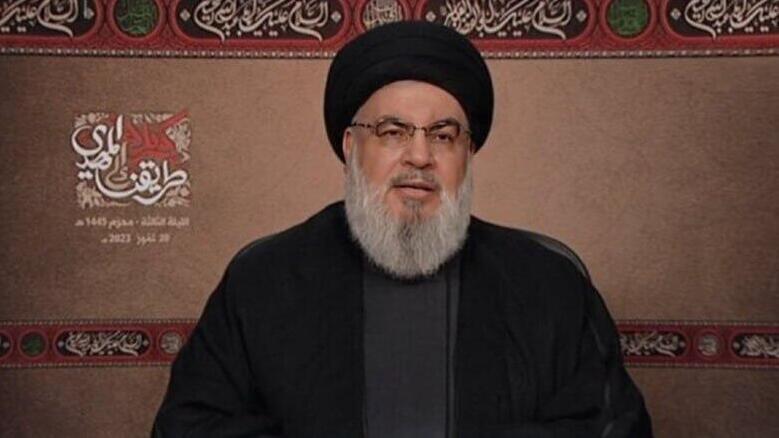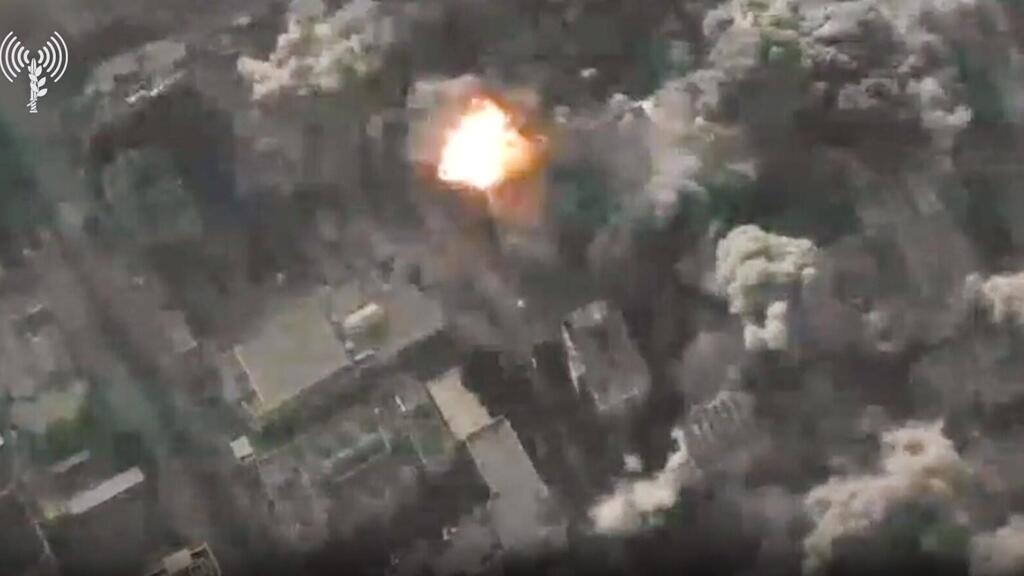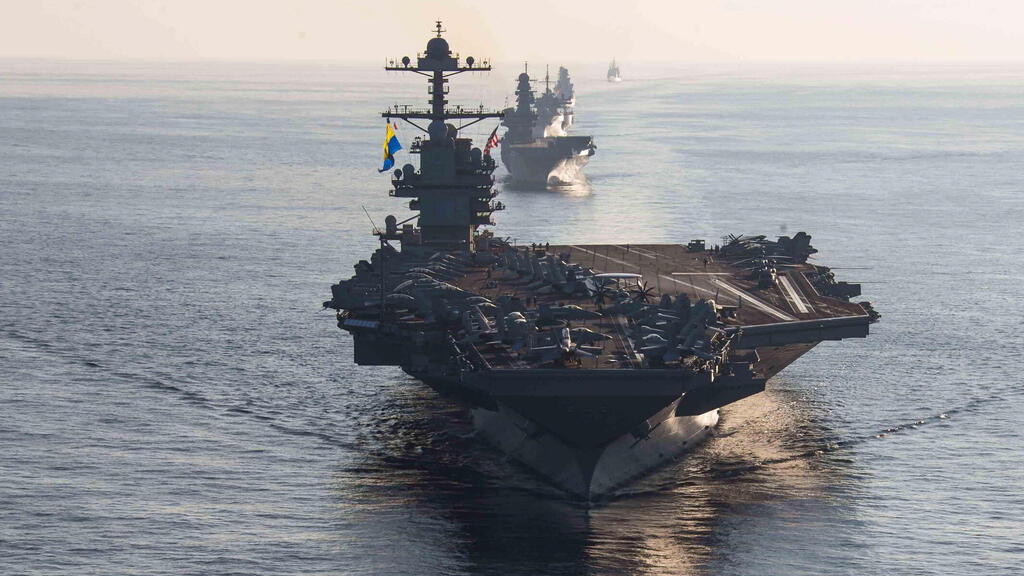Getting your Trinity Audio player ready...
There cannot be a more dramatic warning to Iran and Hezbollah than the one voiced by U.S. President Joe Biden in his address on Tuesday. The political and historical ramifications of his moving words would be discussed later but they were directed to the ears of Hassan Nasrallah, the leader of the Iran-backed terror group who has been provoking the IDF on the Lebanon border and has not yet determined if to open a second front in the war.
Read more:
Biden in effect, made a direct threat. If Hezbollah attacks, the U.S. will intervene with its aircraft carrier, heading to the region. From there, the ball moved to Beirut and mostly Tehran's court.
The decision to enter a war against Israel and the U.S., would not be Nasrallah's to make alone although since the elimination of Qasem Soleimani, then commander of the Iranian Revolutionary Gard Crops, by the U.S. in 2020, the Hezbollah chief is considered second in the pecking order of that Shi'ite alliance.
While most of the focus is on the fighting in the south, On Tuesday, a senior commander and two of his men were killed in a gunfight with terrorists who cut through the Lebanon border fence. They were members of a Palestinian group but were operating in a region under Hezbollah's total control, where nothing moves without Nasrallah's consent.
He launched 15 rockets at Israel during the day, four of which were intercepted by the Iron Dome missile defense system, which indicates their target was civilian centers and not open areas. Two mortars were also fired, targeting IDF vehicles. No injuries were reported in those incidents.
The IDF intends to increase the volume and force of attacks in Gaza. Their start was delayed but their pace has since been increased. Some say that although all restrictions have been lifted, the attacks are not frequent or forceful enough and the same may be said for the northern arena. In any case, the real difference will be in a land incursion which is being considered for Gaza.
Rules of engagements have been changed to allow troops more freedom in their fight while the Air Force pounds neighborhood after neighborhood in the strip destroying the homes of terrorists, command centers, storage facilities, tower blocks and buildings. Israel has also decided to cut Gaza off completely within three days including vital supplies like electricity and water. Only the attacking Air Force crosses into the strip.
"We will free our hostages when we can," a senior official said. Gaza is under siege. Its residents are moving south to the Egyptian border and there their crossing is limited to 2,000 only.
The IDF has recouped and is on the offensive. Its commanders and the political leadership understand that this war is for Israel's very existence, no less. "Without deterrence, we will not survive."
The military understands it was fooled by Hamas in their recent riots along the Gaza border fence, pretending their demands were for more economic benefits and that they had no other ambitions.
One senior officer who was asked how the IDF was ignorant of the plans after 2,000 Hamas terrorists had trained for the attack, said that once a decision was made, the terrorists attacked immediately but all would be investigated after the war. Hamas aims to ensure the release of its prisoners held in Israel, he said.
The estimation in Israel is that Nasrallah knew about the general plan but was not informed when it would an attack would be launched. While the IDF is watching the northern frontier closely, its commanders currently believe he will think hard before joining the fight, while U.S. naval vessels and planes are en route, although his provocations would continue. But we've learned the hard way how wrong conceptions can be.





